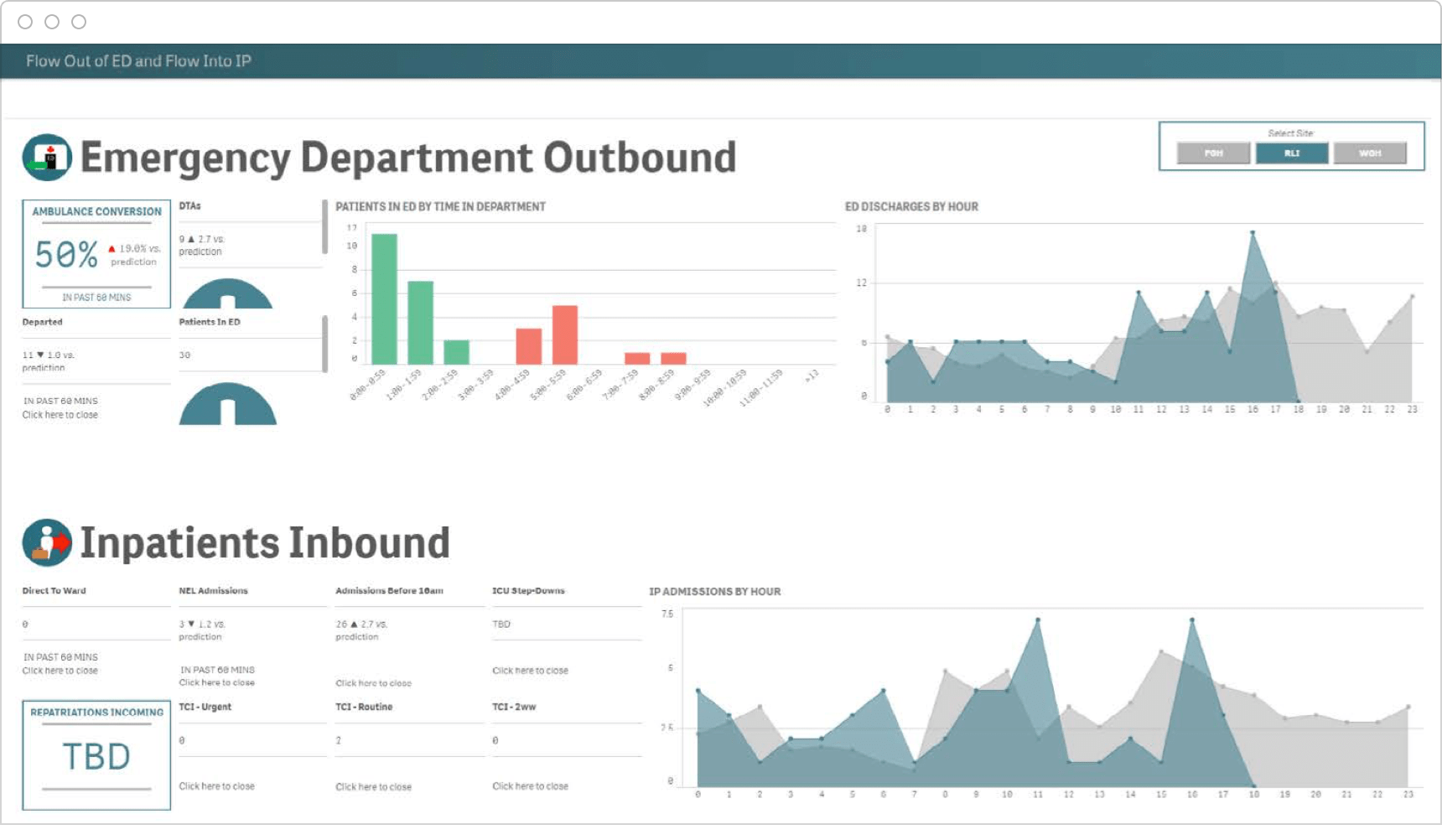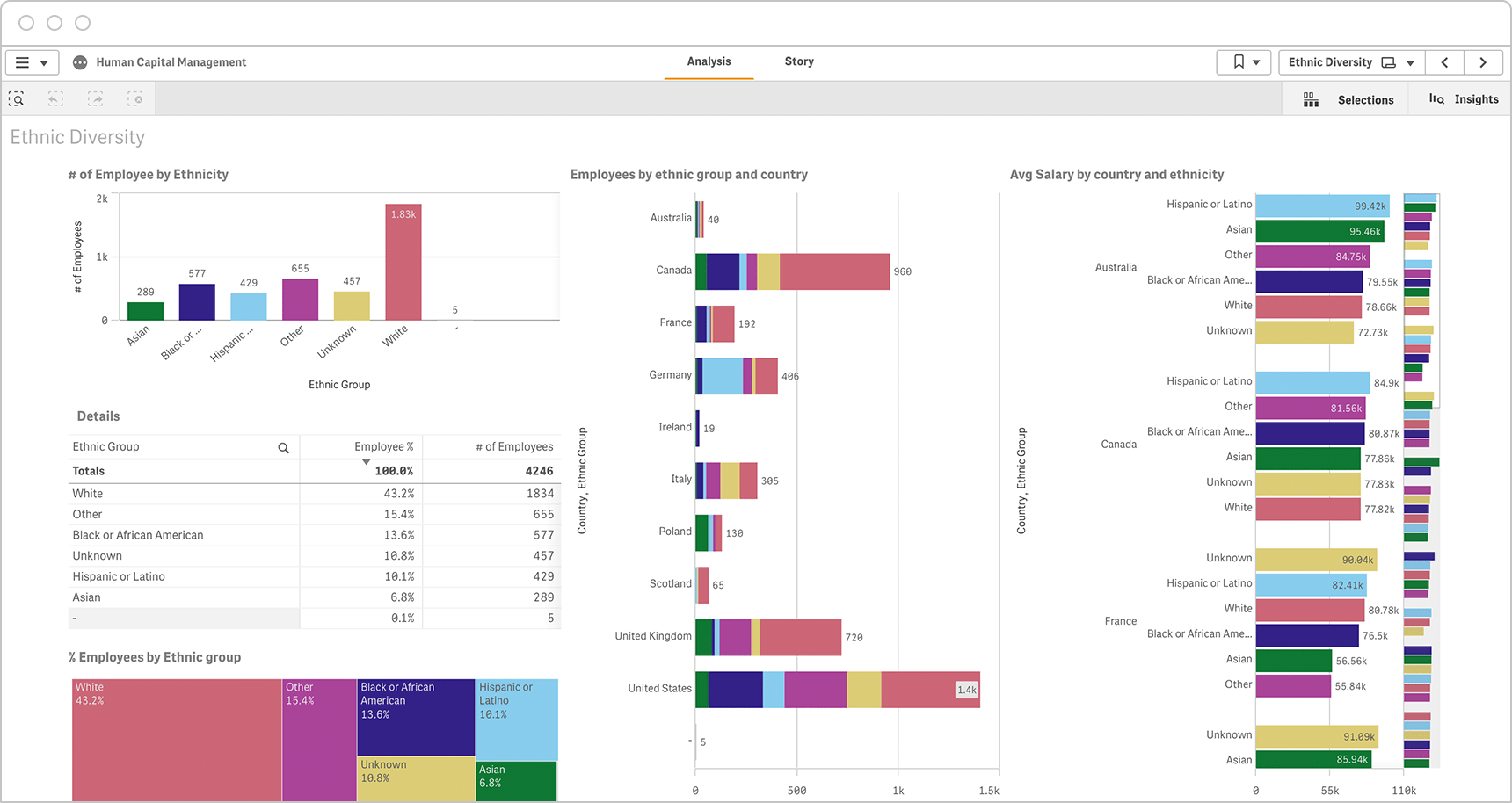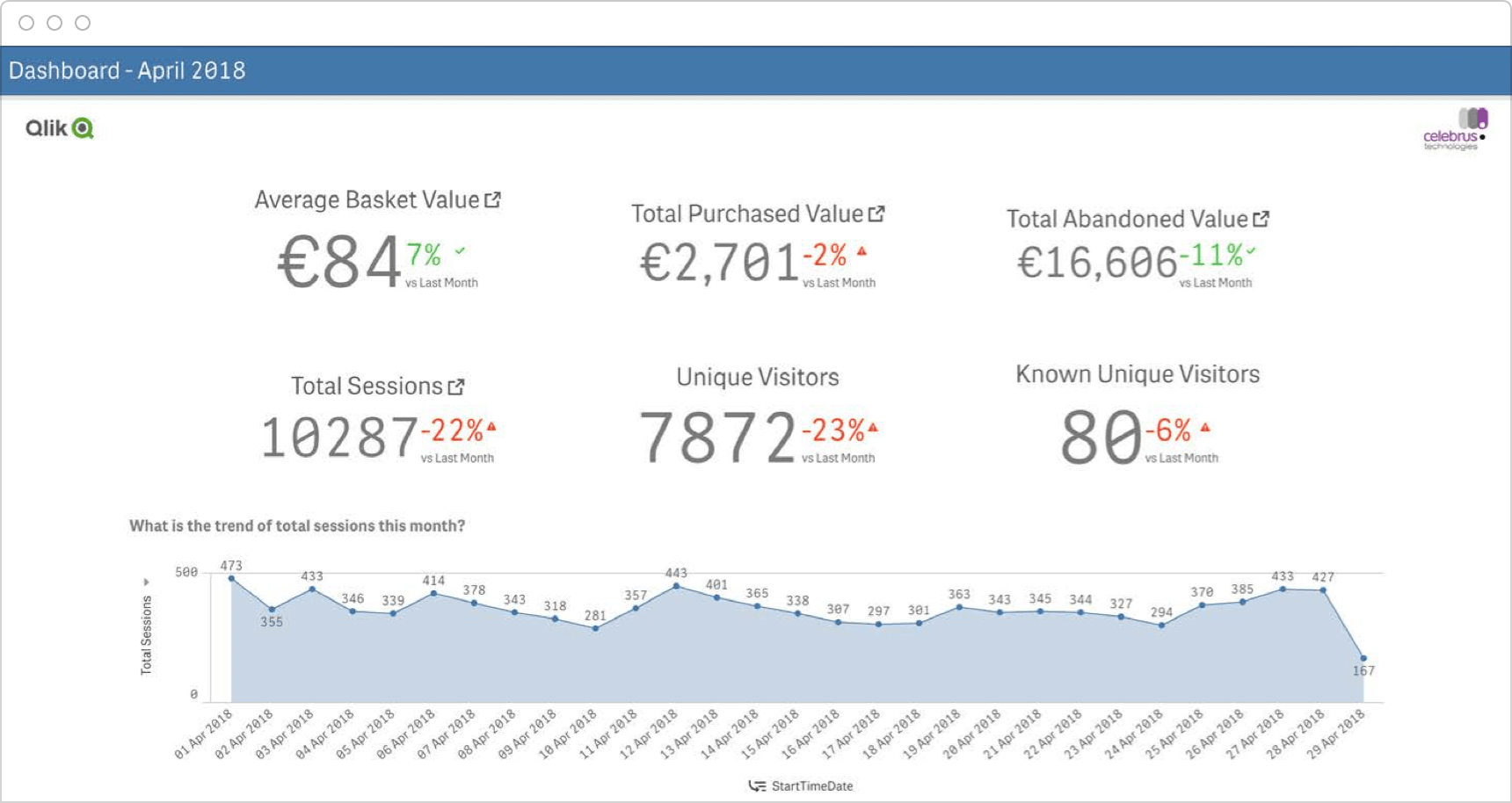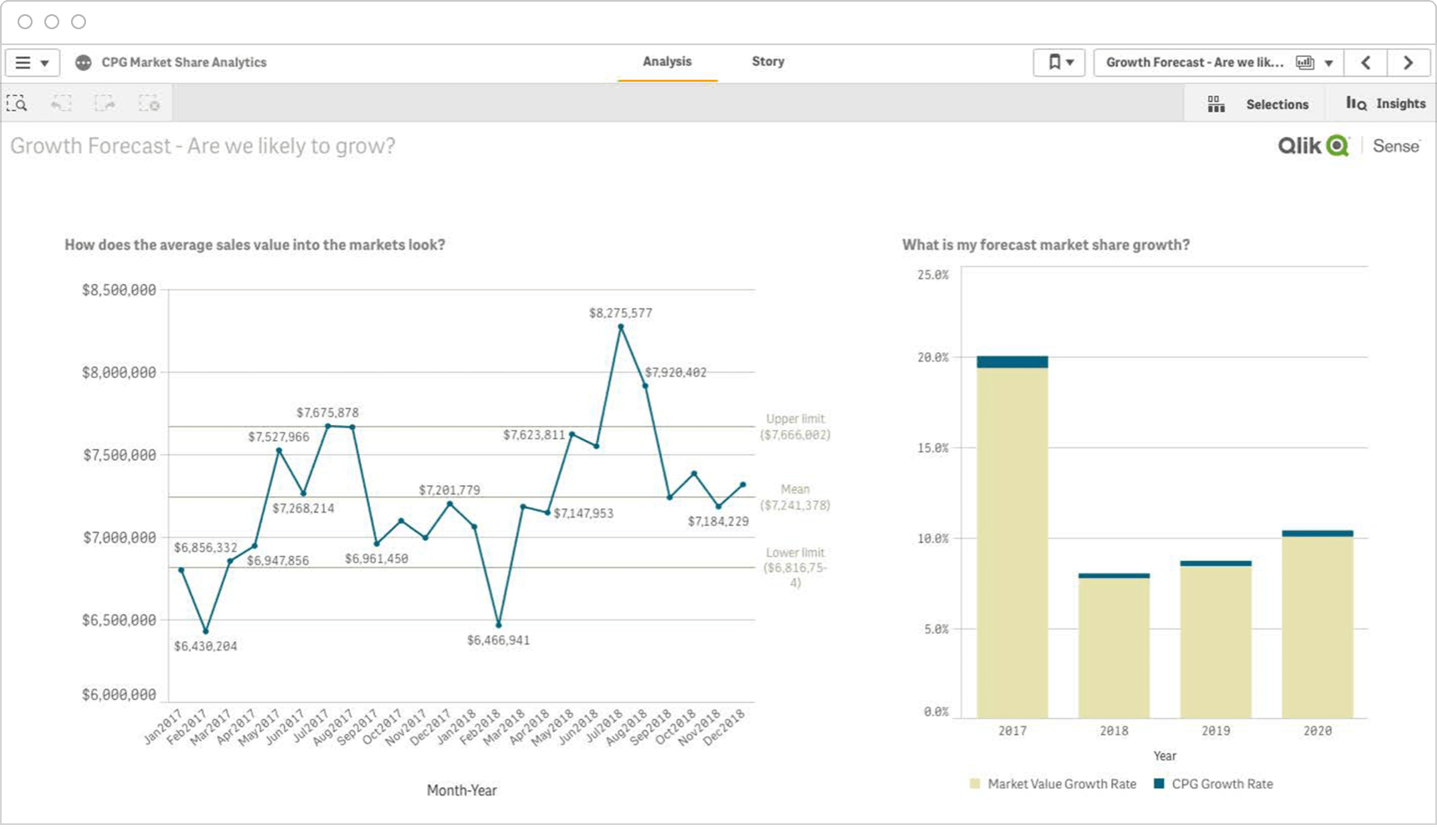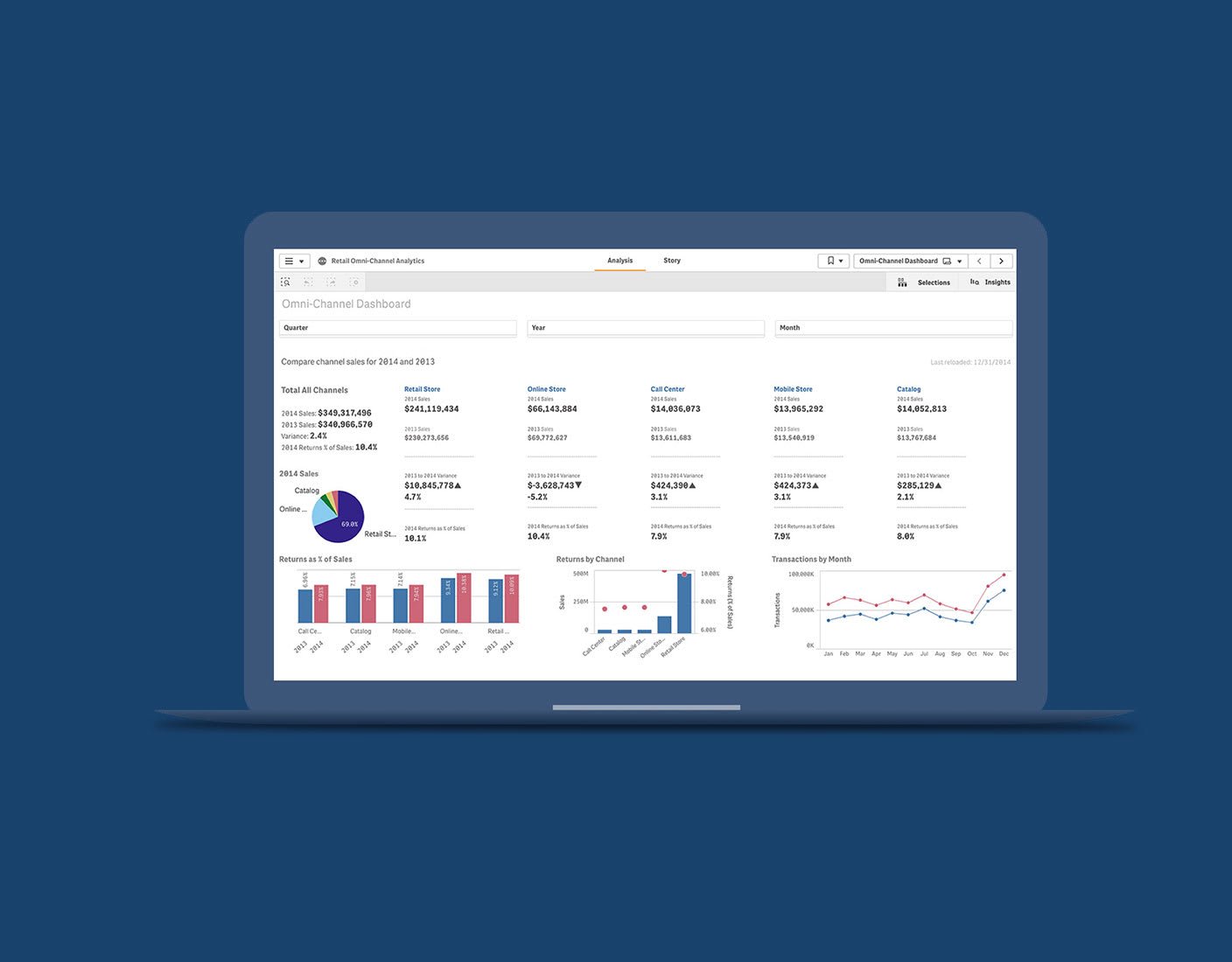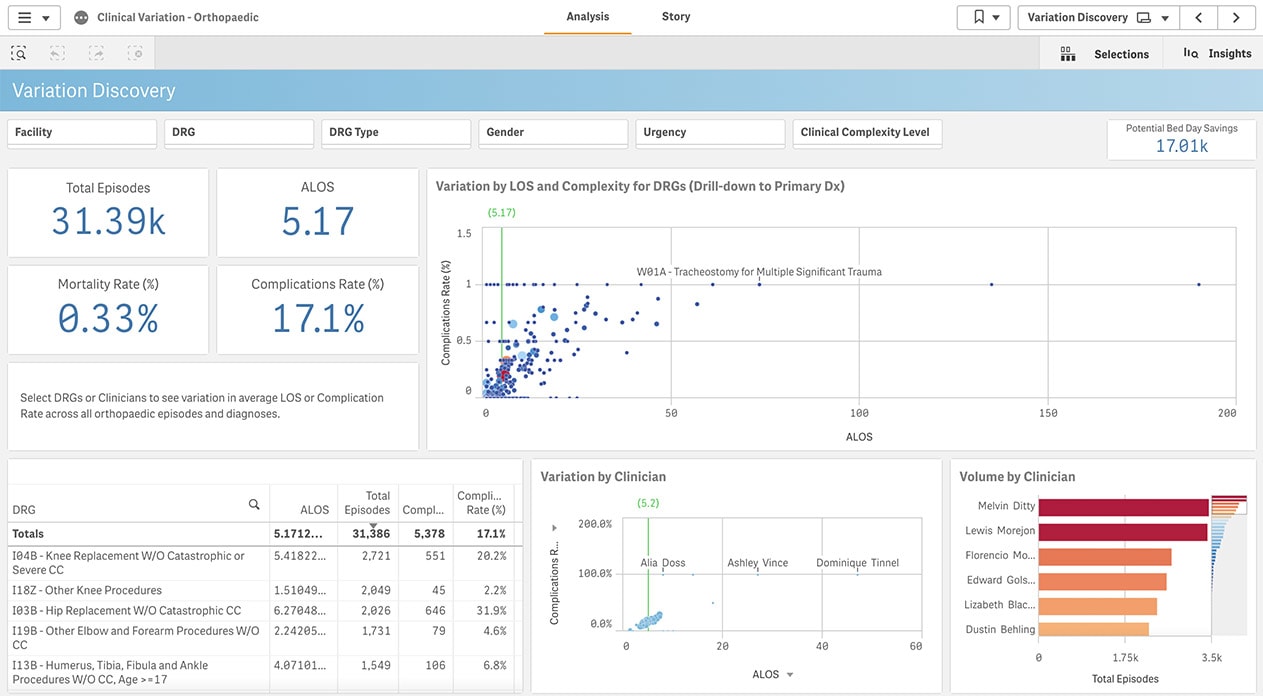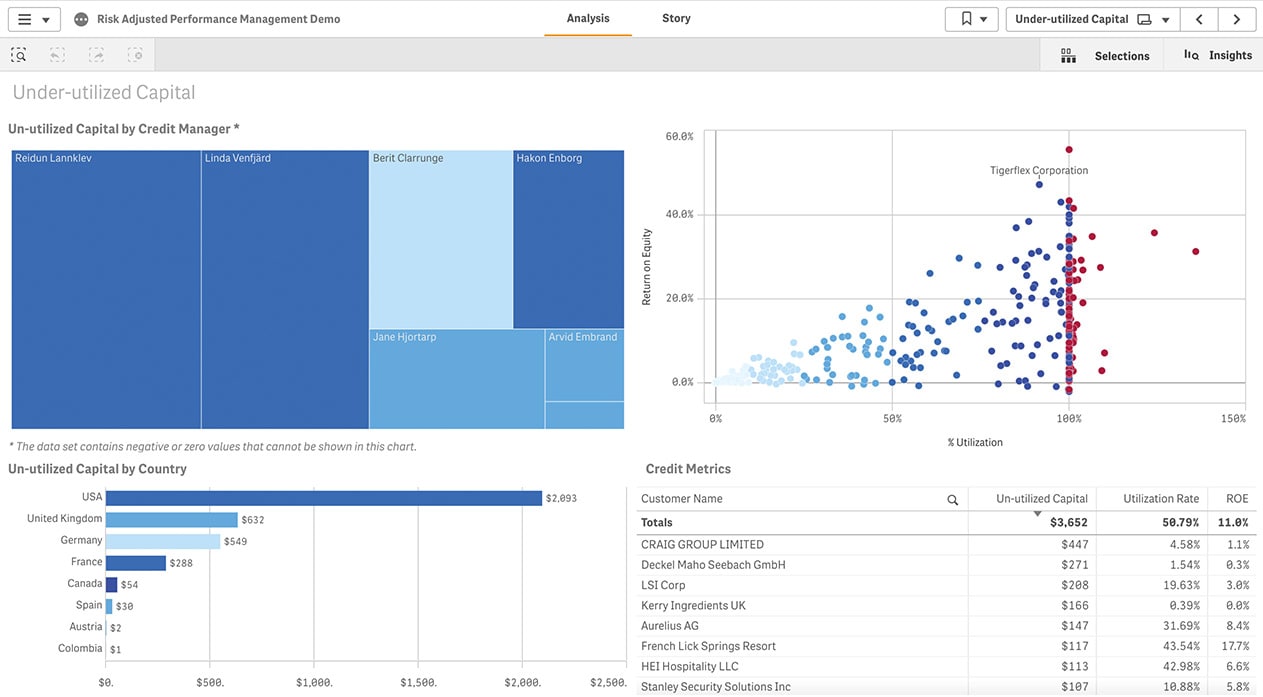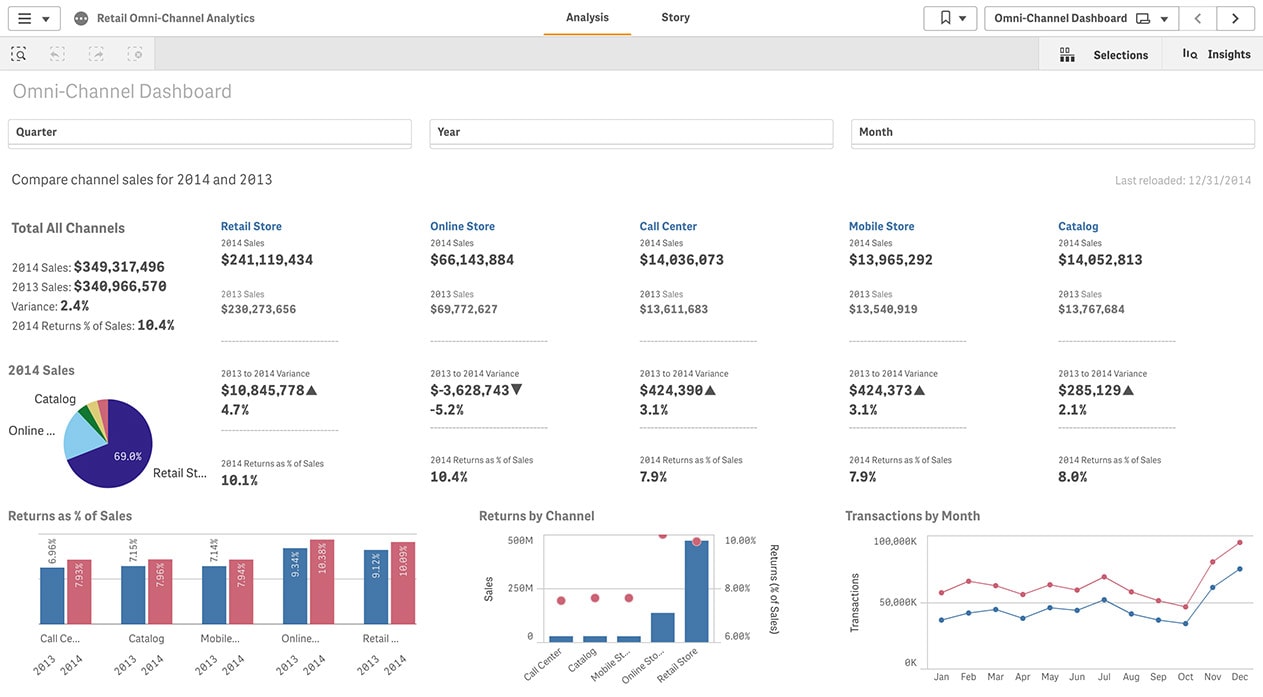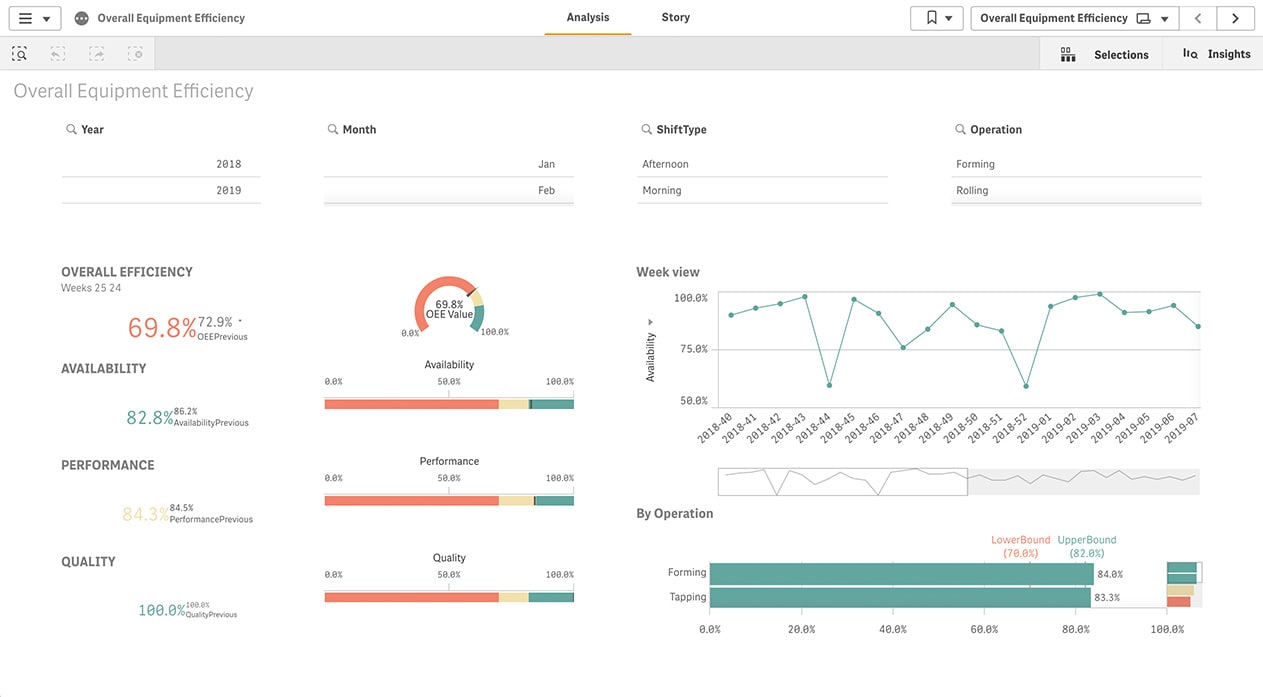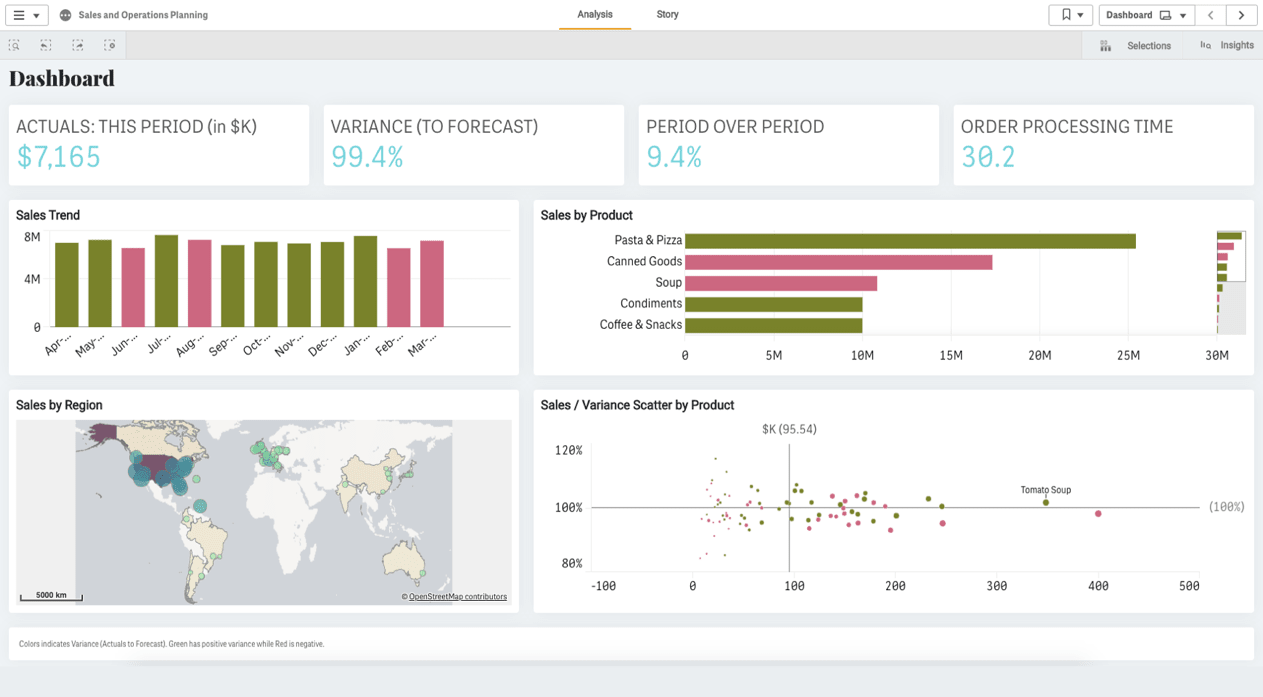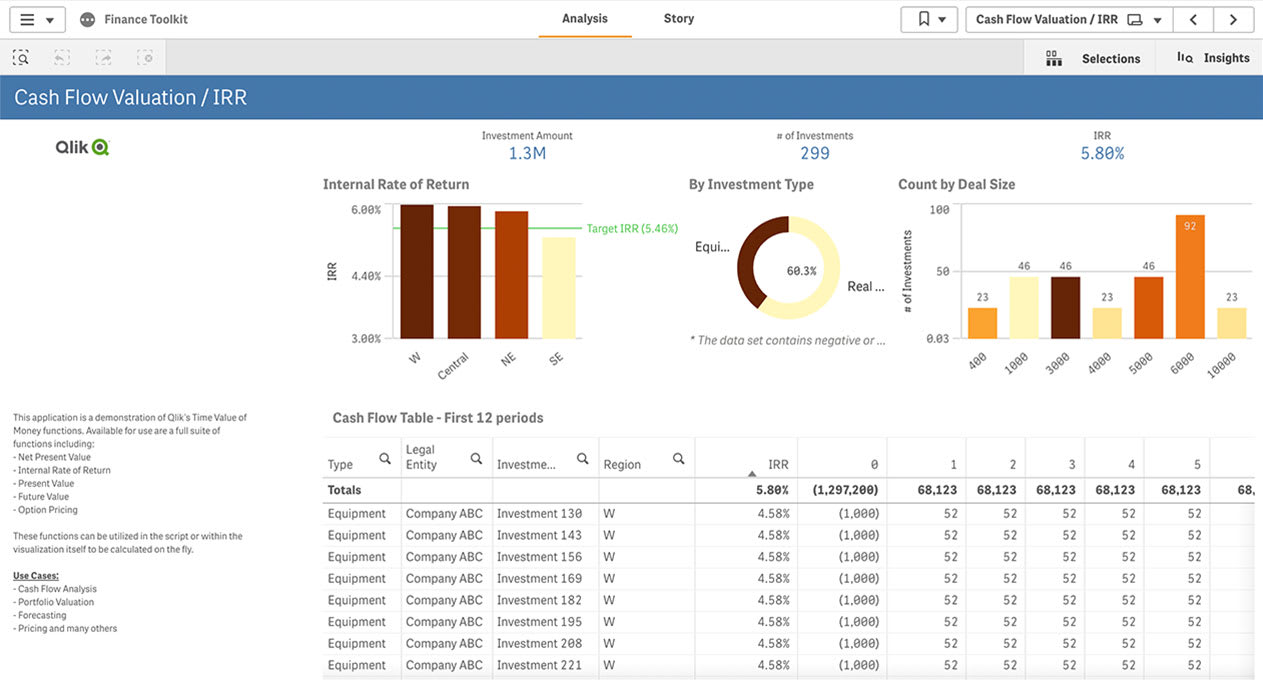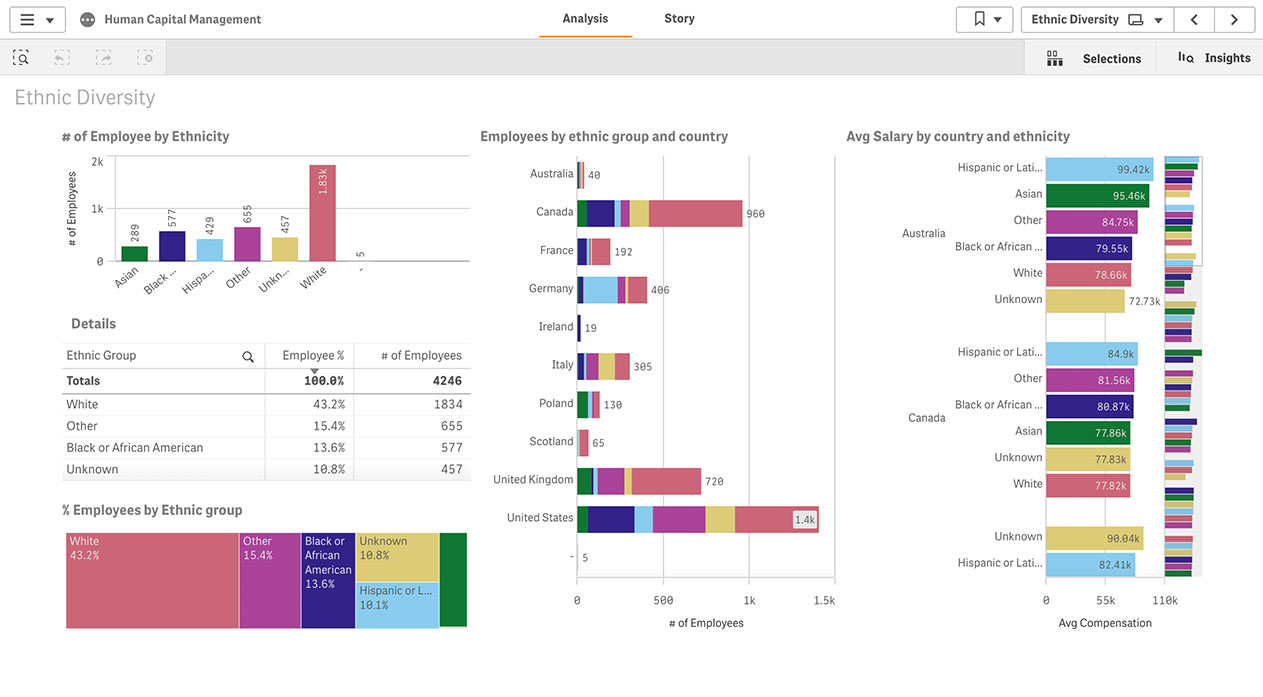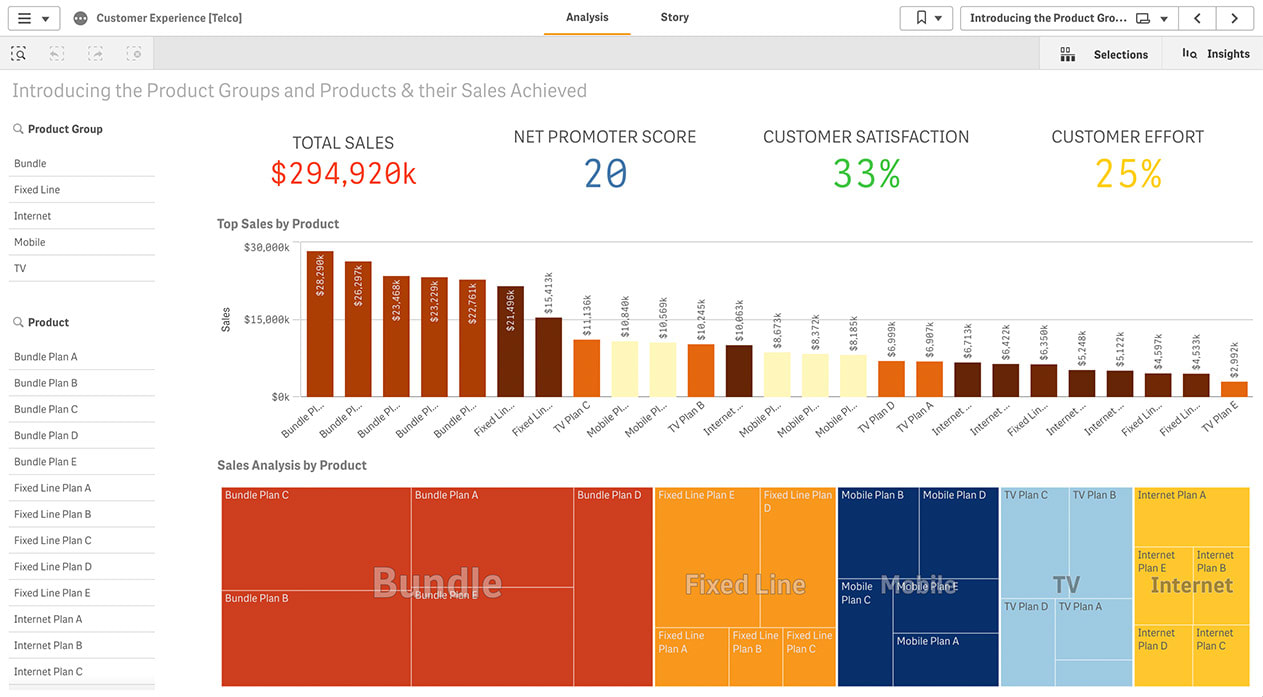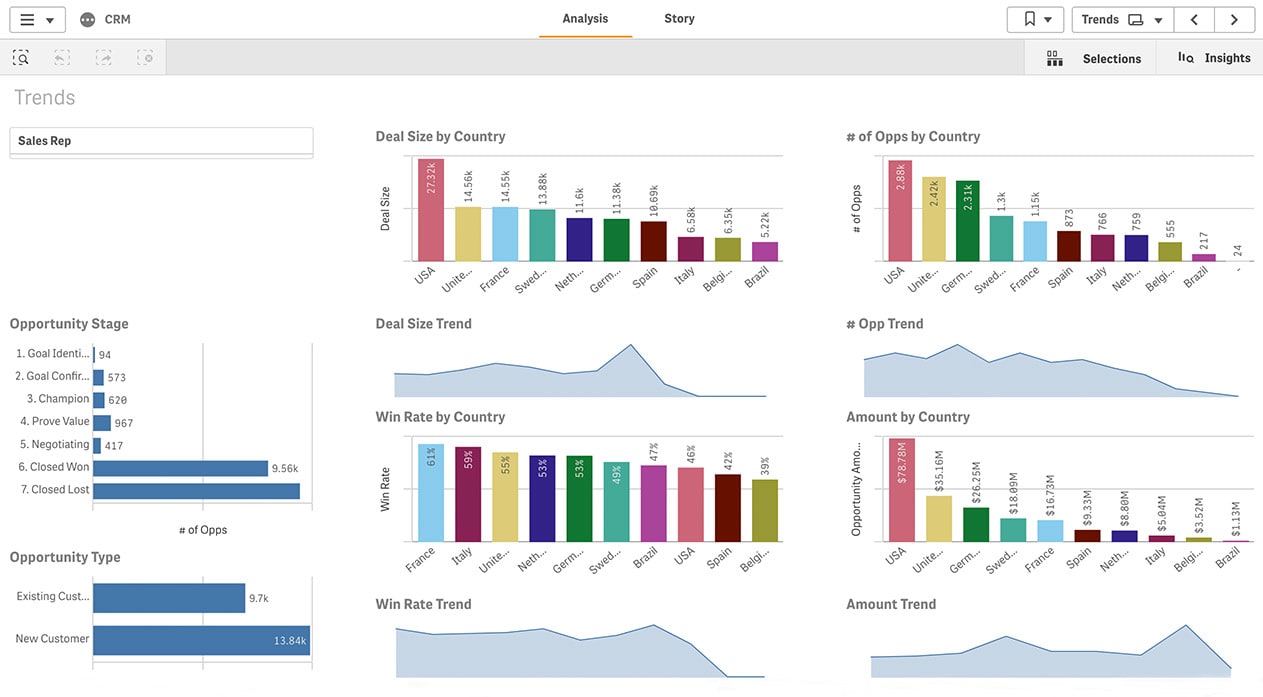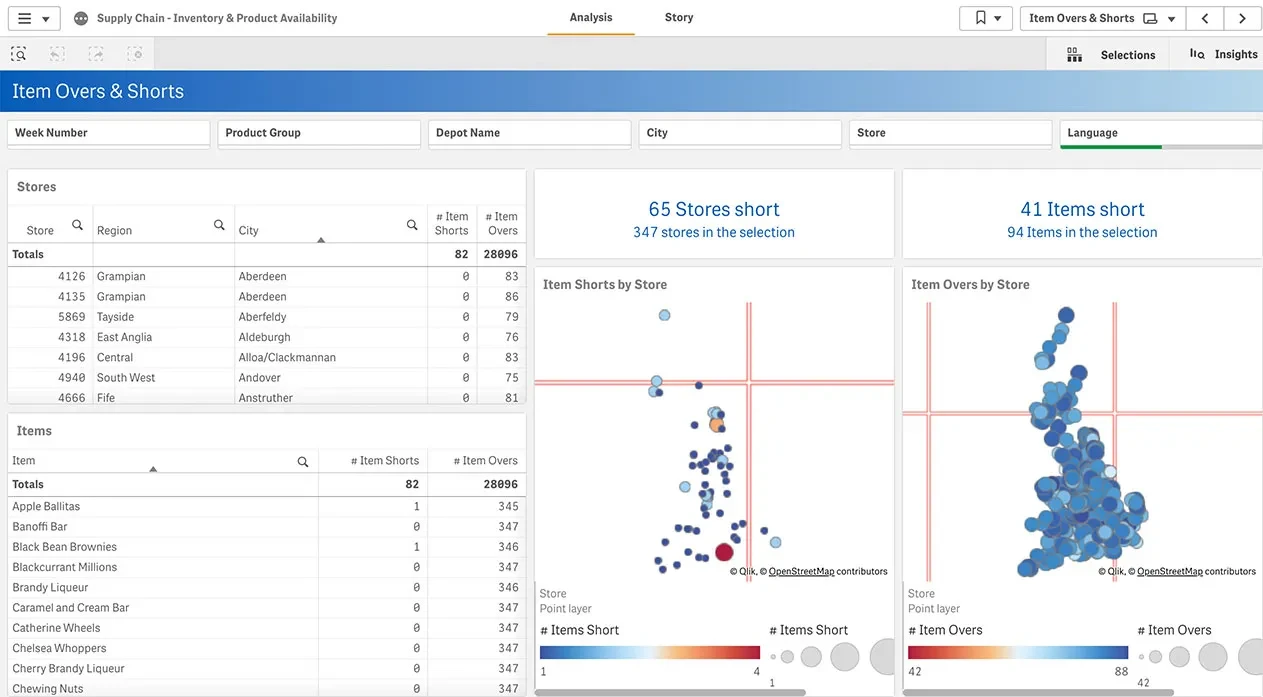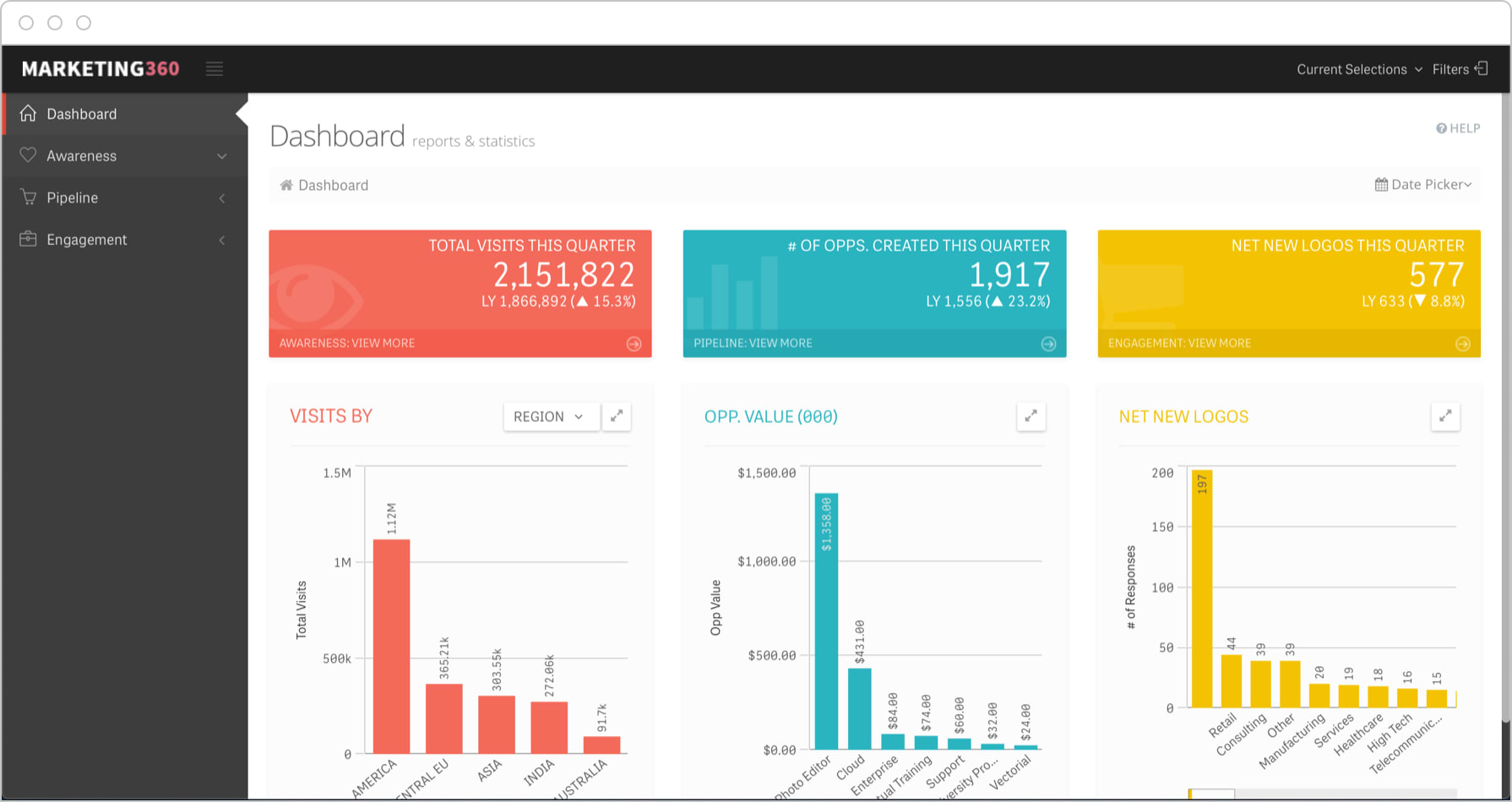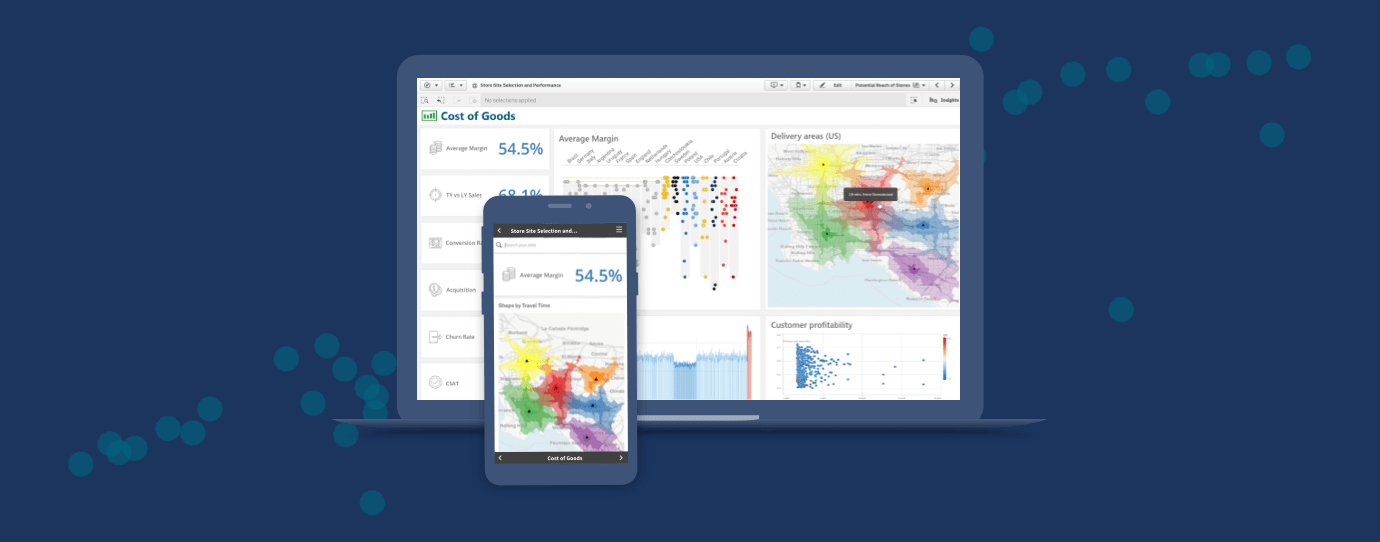A KPI report is a critical business performance tool because they provide a clear and accurate picture of organizational performance, well-being, and potential for growth. These reports help authors communicate to specific audiences about how well parts of the business or initiatives are meeting objectives. They inspire action and investment. They enable management to identify potential opportunities and challenges early, evaluate the success of existing strategies, and fail fast, when necessary.
There are all kinds of KPIs, depending on business objectives. For example, financial KPIs such as revenue growth rate or net profit margin, sales KPIs such as net sales or sales by region, customer service KPIs such as Net Promoter Score or average resolution time, and marketing KPIs including traffic-to-lead ratio and cost per lead. There are also operational KPIs such as order fulfillment time and time to market. See all KPI examples.
